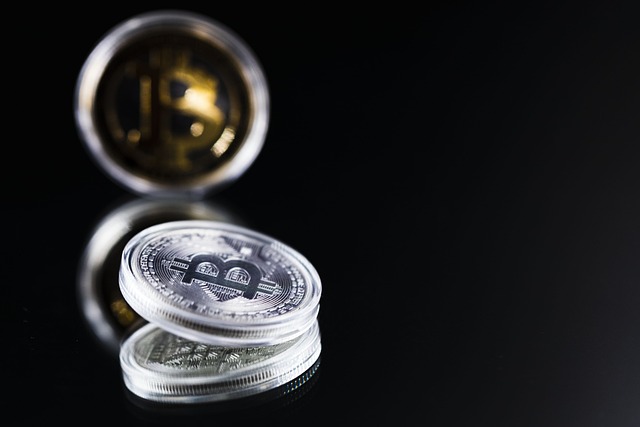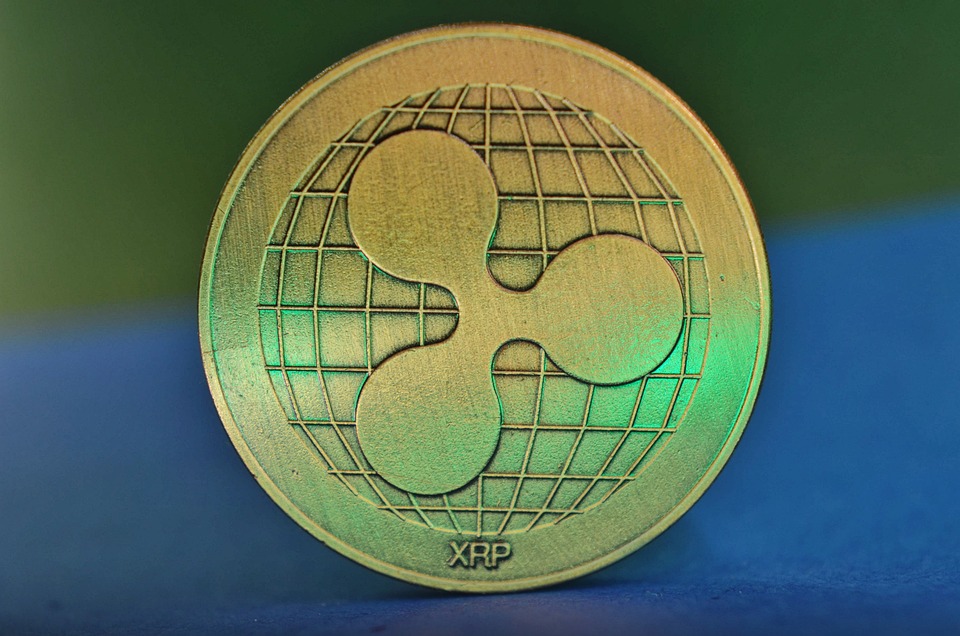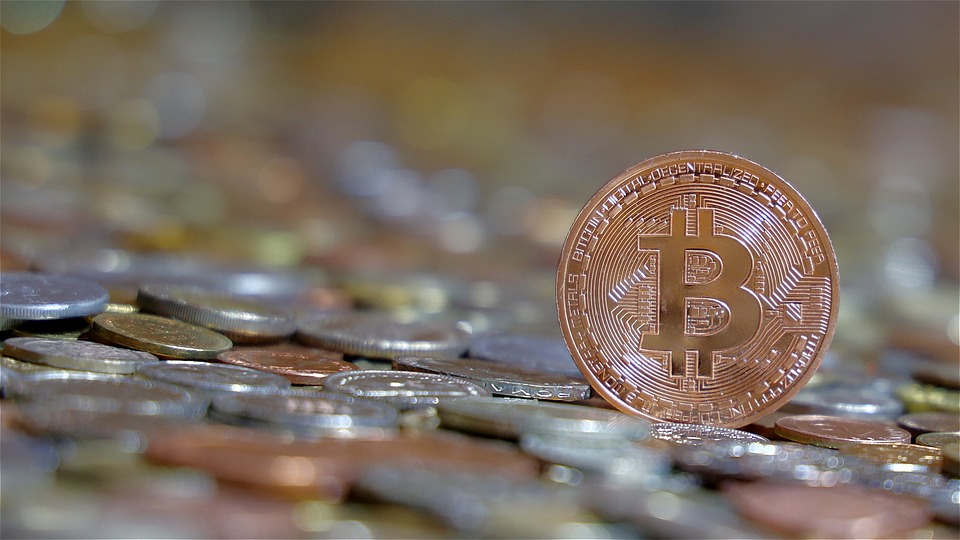In this article, we will explain how to use the virtual currency exchange Bybit, including spot trading and derivatives (leverage) trading. However, if you do not know the difference between the two, it will be difficult to trade. This time, we will summarize the differences and characteristics between spot trading and derivative trading.
What are the main features and functions of Bybit?
Bybit has a maximum leverage of 200x among overseas virtual currency exchanges such as MEXC, Bitget, Bitflyer, and Binance, so it is possible to conduct extremely high leverage trades. The system uses a zero cut without a margin call, so even if your margin becomes negative due to a loss, you will be compensated. If necessary, you can avoid forced loss cuts by adding funds or cutting losses. You can trade many coins, including Bitcoin.
There are many trading methods
Bybit has many trading methods, including spot trading, futures trading, liquidity mining, and staking. Furthermore, there are many types, covering major altcoins such as BTC, DOT, XRP, ETH, and USDT. You can also receive some preferential treatment if you participate in the VIP program. Managing your wallet is also convenient. Holding a position also generates a high funding rate.
Transaction fees are low
Bybit’s commission fee is 0.1% of the transaction amount, which is lower than other crypto asset exchanges as a margin fee. Separate margins and cross margins are supported when placing orders and market orders, and you can also specify the quantity. Campaigns and bonuses are also held. Funds can be transferred, and subaccounts can be created to hold multiple accounts.

What is spot trading?
Spot trading is an orthodox trading method. For example, let’s say you trade BTC/USD. In the case of buying, users pay several units of USD to buy 1 BTC. In case of selling, you can get some units of USD by selling 1BTC.
long term holding
In general, spot trading often requires long-term holding. This is because in spot trading, price fluctuations are not as drastic. In particular, the more major the currency, the more stable the price, so you will want to hold it for a long time and aim for profits.
You can only buy it
In the case of spot trading, you can only enter from the purchase position. The reason is that you are trading physical assets, so you cannot sell them unless you own them. In the case of spot trading, you first have to buy and then sell, so there are considerably more restrictions than leveraged trading.
Not suitable for short-term trading
Spot trading is not recommended for those who mainly focus on short trading. The reason is that, as mentioned above, spot trading does not fluctuate so rapidly, so it is difficult to aim for a large price range in short trading.
What is derivative trading?
Derivatives are financial products that have a structure that allows the value of stocks, bonds, gold, crude oil, etc. to fluctuate. Bybit allows derivatives trading. Cryptocurrency exchanges offer derivative products based on the price movements of specific cryptocurrencies.
use leverage
A feature of derivatives trading is that leverage can be used. Basically, derivatives trading is a contract in which the underlying asset in hand is promised to be traded at a specific date and time at a specific price, and can be leveraged.
Suitable for short trading
The appeal of derivatives trading is that you can use leverage, so even if you settle your trade in one day like a day trader, you can make a big profit depending on how you do it. Since there is leverage, it is possible to aim for large profits from small amounts.
Possibility of big loss
Leverage trading can be very dangerous, as it allows you to aim for big profits, but it also carries the risk of big losses. In investing, return and risk are always proportional, so as the return increases, the risk also increases.
Difference between spot trading and derivative trading
The difference between spot trading and derivative trading is whether or not you buy or sell the real thing. In a physical transaction, the actual item is exchanged. Derivatives trading does not exchange physical goods when buying or selling. In physical trading, you can sell what you own, but you can’t sell what you don’t own. On the other hand, in derivatives trading, you can also sell suddenly. You can make a profit by selling at a higher price and buying at a lower price.

Notes on trading
The following points should be noted when trading. There are other things to keep in mind besides taker and maker fees. Bybit is an overseas exchange, so the default setting is for the company to be in an English speaking area. You can analyze and trade on a wide variety of pairs. There are many listed coins and new coins, so it is possible to make considerable profits and losses. You can trade while taking advantage of benefits.
two-step authentication
If your login information is stolen and hacked, there is a risk that your assets will be stolen or lost. In that case, there will be no former and no children. Please make sure to take proper security measures. Be sure to set up two-factor authentication.
Prices shown are US dollars
Bybit’s latest prices are all in dollars. It may be easy to read if you are an American, but people who are not familiar with the US dollar may find it a bit difficult to read when starting out. When investing in yourself, check the amount and invest accordingly.
How to start spot and derivatives trading
First, let’s register with Bybit. Please refer to the article below and complete the account opening from the homepage. Currently, it is possible to trade by tapping on the app, which is convenient because you can basically click directly from the platform and place an order at any time. There is also a support page, so check it out. There are risks with investing, so be careful before sending money. There is a lot of content to get started, and the details vary, including spot, futures, and indefinite inverse contracts. Security is also solid and you can feel safe.
After logging in, please select spot or derivatives from the menu above.

Source : https://www.bybit.com/
The screen will change to the actual transaction screen. Please select a currency pair from the top left. Place your order on the right side of the screen. It is now possible to place limit orders, market orders and even conditional orders.

Source : https://www.bybit.com/
market order
A market order is the simplest type of order. By placing an order at that time, your order will be confirmed at the current rate. Therefore, this order type is most commonly used by traders who regularly watch charts. Also, this ordering format does not require any complicated settings, so it is very easy to use even for beginners.
limit order
With limit orders, you can definitely control the execution price. The system is such that an order is placed when the market price reaches a specified price, and this order format is recommended if you want to place an order when the market price reaches a certain price range. Orders will start automatically even if you don’t always look at the chart.
conditional order
Conditional orders are triggered and posted on the order book if certain conditions, such as a trigger price, are met. Traders can use the last traded price, mark price, or index price as triggers. There are two types of conditional orders: conditional market orders and conditional limit orders. Each of the order formats listed above will be executed conditionally.





コメント